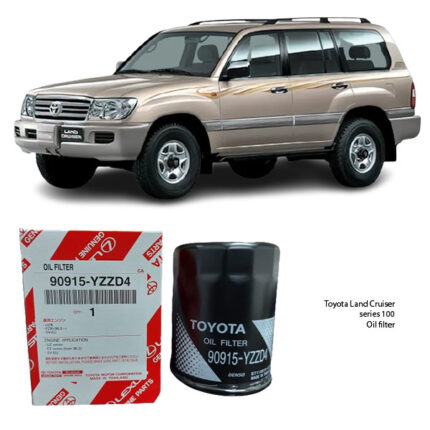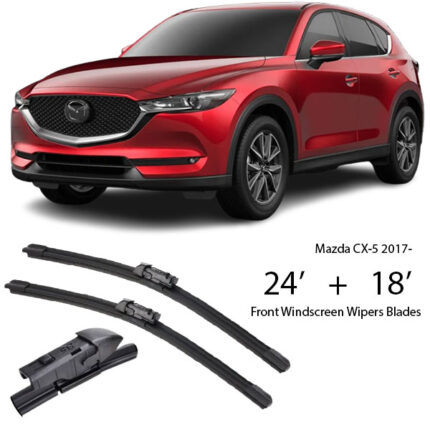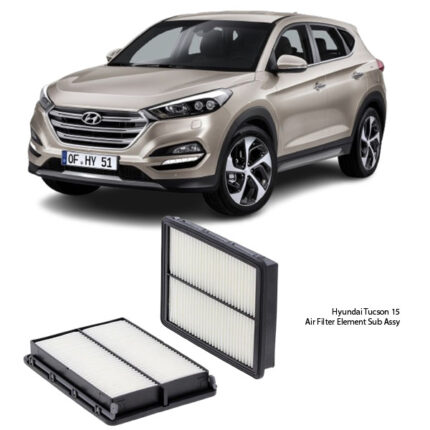Get Hyundai Tucson 15 Air Filter Element Assy 28113-D3300 in Kenya
The Air Filter Element Assembly is an essential component of a vehicle’s intake system, responsible for filtering out dust, dirt, debris, and other contaminants before air enters the engine. Without a properly functioning air filter, contaminants can clog fuel injectors, damage engine components, and reduce fuel efficiency.
1. What is an Air Filter Element Assembly?
The Air Filter Element Assembly is a filtration device that prevents harmful contaminants from entering the engine while allowing sufficient airflow for combustion. It consists of:
Filter Element – The primary filtering material, usually made of paper, foam, or cotton
Filter Housing – A plastic or metal casing that holds the filter in place
Sealing Gasket – Ensures a tight seal so that only filtered air enters the engine
The air filter is typically located inside an airbox or an intake housing, which connects to the engine’s throttle body.
1.1 Why is it Important?
Engines require a proper air-fuel mixture for combustion. A dirty or clogged air filter can restrict airflow, leading to:
Reduced engine power
Poor fuel efficiency
Increased emissions
Engine misfires
A clean air filter ensures optimal engine performance, better acceleration, and a longer engine lifespan.
2. How Does an Air Filter Work?
The air filter removes impurities before air enters the engine for combustion. Here’s how it works:
Step 1: Air Intake
As the engine runs, the intake system draws air from the environment through the air filter housing.
Step 2: Filtration Process
The air passes through the filter media, which captures dust, pollen, debris, and even microscopic particles.
Step 3: Clean Air Enters the Engine
Once filtered, clean air flows through the intake manifold and into the combustion chamber, mixing with fuel for efficient combustion.
A dirty or clogged air filter reduces airflow, forcing the engine to work harder and reducing efficiency.
3. Types of Air Filters
Different vehicles and applications require different types of air filters. Here’s a breakdown:
3.1. Paper Air Filters
Most common type in modern vehicles
Made from pleated paper or cellulose fibers
Affordable and effective but needs frequent replacement
3.2. Foam Air Filters
Used in off-road vehicles and motorcycles
Good at trapping large dirt particles
Washable and reusable, but can clog easily
3.3. Cotton Gauze Air Filters
Found in performance and sports cars
Allows better airflow and engine performance
Washable and reusable, but requires oiling
3.4. Activated Carbon Air Filters
Contains charcoal to absorb odors and harmful gases
Often used in cabin air filtration
Ideal for urban areas with high pollution
For most vehicles, a high-quality pleated paper filter provides the best balance of filtration and airflow.
4. Symptoms of a Clogged Air Filter
A dirty or failing air filter can cause various performance issues. Look out for these signs:
Reduced Acceleration – Restricted airflow makes the engine struggle.
Poor Fuel Economy – The engine compensates by burning more fuel.
Check Engine Light On – Some modern cars detect low airflow.
Unusual Engine Sounds – Whistling or coughing noises indicate airflow restriction.
Excessive Black Smoke from Exhaust – Poor combustion leads to incomplete burning.
Strong Fuel Smell – Indicates rich fuel mixture due to lack of air.
Ignoring these warning signs can lead to engine inefficiency and long-term damage.
5. How to Replace an Air Filter (DIY Guide)
Replacing an air filter is one of the easiest maintenance tasks you can do yourself.
5.1 Tools & Materials Needed
New air filter (OEM or high-quality aftermarket)
Screwdriver or socket wrench (for some airbox covers)
Gloves & shop rag (optional but useful)
5.2 Step-by-Step Process
Turn Off the Engine – Always start with a cool engine.
Locate the Air Filter Housing – Usually found in a plastic box near the engine.
Open the Airbox Cover – Use a clip or screws to remove it.
Remove the Old Filter – Check for dirt, debris, or damage.
Clean the Housing – Wipe out any dust before installing the new filter.
Install the New Filter – Make sure it sits properly without gaps.
Close the Airbox – Secure it back in place and check for leaks.
A typical air filter change takes less than 10 minutes!
6. Maintenance Tips for Longer Filter Life
To keep your air filter working efficiently:
Check the filter every 10,000 miles – Replace it if it looks dirty.
Avoid driving in dusty conditions – Increases filter lifespan.
Use OEM or high-quality filters – Cheap filters restrict airflow.
Upgrade to a performance filter – If you want better engine response.
Consider a washable filter – Long-term cost savings.
Regular air filter maintenance ensures optimal engine performance and fuel efficiency.
Follow us on Facebook for more parts.





Reviews
Clear filtersThere are no reviews yet.